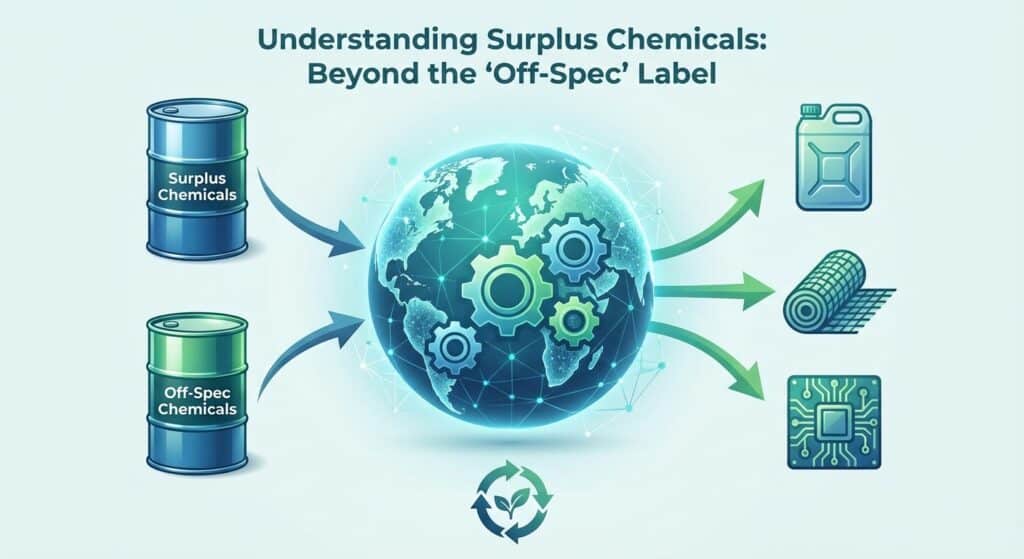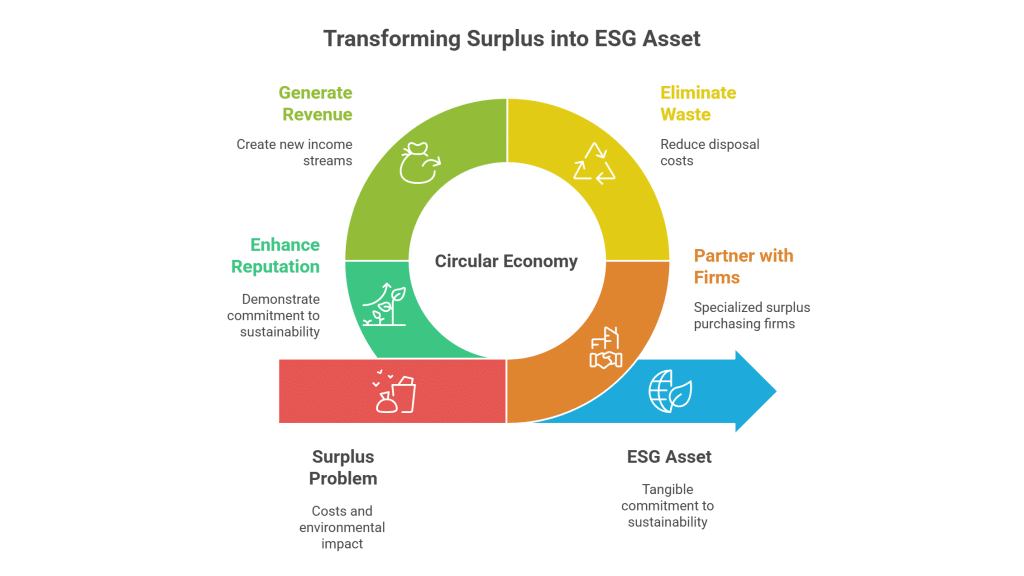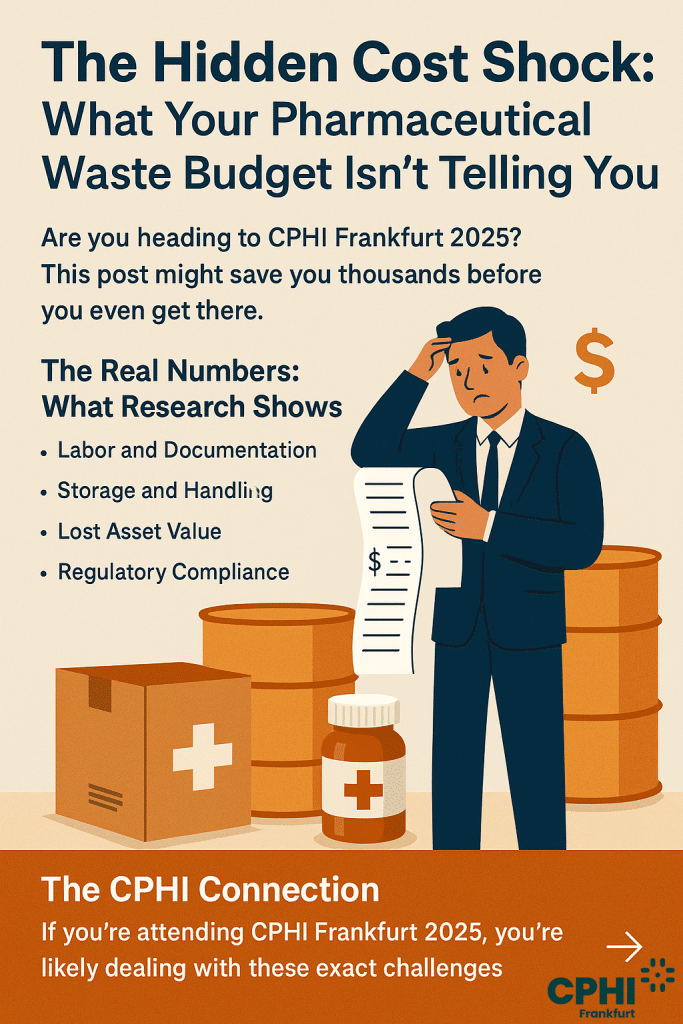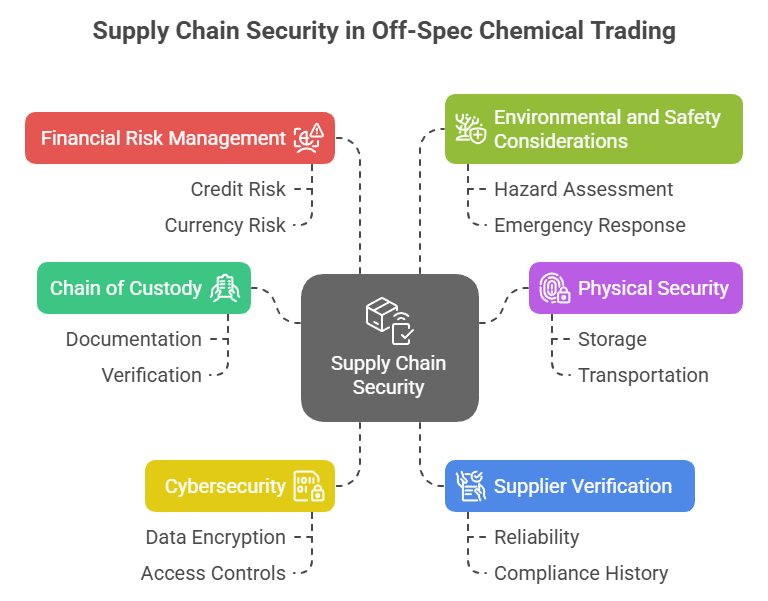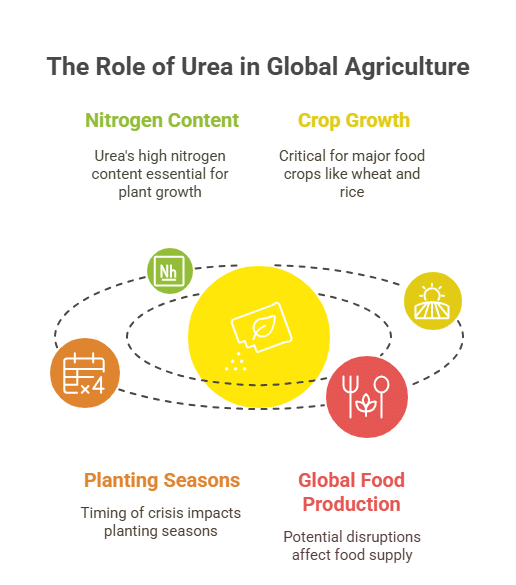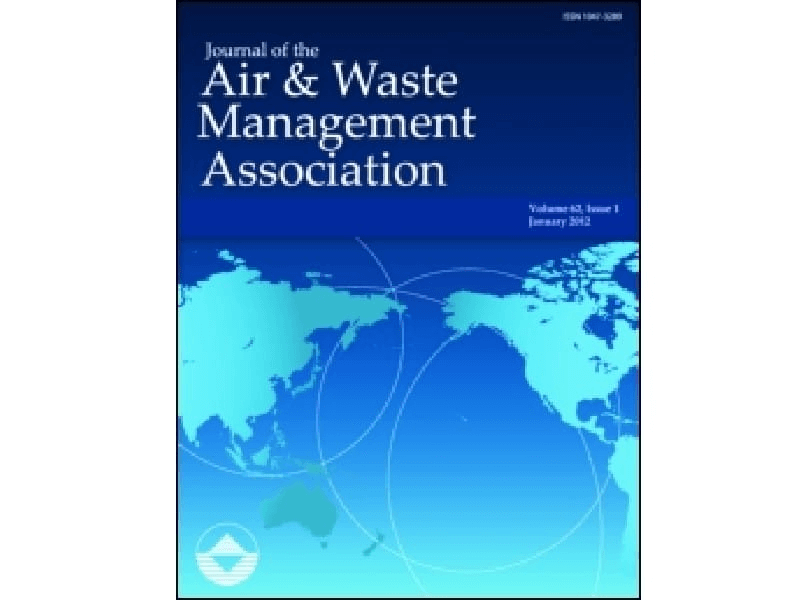Unlocking Value from Excess Calcium Ascorbate in Food & Pharma
Calcium Ascorbate is a specialty chemical known for its dual functionality as a source of both vitamin C and calcium. Widely recognized in the food and pharmaceutical industries, its gentle, buffered nature makes it highly desirable for formulations needing non-acidic vitamin C. When held as surplus inventory, calcium ascorbate transforms from a mere chemical to a strategic asset that can be leveraged for significant economic gains.
Calcium Ascorbate - Transforming Surplus in Food & Pharma Industries
Engaging in surplus chemical trading presents a unique opportunity for companies to not only recover costs but also enhance sustainability. By turning excess calcium ascorbate into revenue, businesses can free up valuable storage space, streamline inventory management, and avoid expensive disposal processes. This proactive approach not only reduces regulatory burdens and disposal penalties but also contributes to a greener supply chain, allowing companies to profit from what was once considered waste.
Calcium Ascorbate Applications in the Food & Pharma Sectors
For buyers, acquiring surplus calcium ascorbate offers excellent cost savings without compromising on quality. It ensures a reliable supply for food fortification and pharmaceutical production, while also adhering to sustainability standards. Buyers benefit from reduced lead times and flexibility in dosing, ultimately supporting product innovation and competitive pricing.
Sellers can unlock new revenue streams by offloading surplus inventory, which would otherwise incur storage and disposal costs. Trading surplus calcium ascorbate not only helps in managing excess stock efficiently but also meets environmental responsibilities and regulatory compliance standards. This approach transforms potential waste into a profitable asset and strengthens business sustainability.
Table of Contents
Successful Surplus Trading of Calcium Ascorbate in Food & Pharma
A mid-sized pharmaceutical company, in collaboration with a food product manufacturer, successfully navigated the challenges of excess inventory by trading their surplus Calcium Ascorbate. By leveraging an efficient surplus trading platform, they not only reduced their inventory holding costs and avoided expensive disposal processes but also generated a significant revenue stream. The trade improved supply chain efficiency, maintained product integrity, and aligned with eco-friendly practices, reinforcing industry trust and compliance while meeting strict food and pharma regulatory standards.


